Tag
#Qualcomm
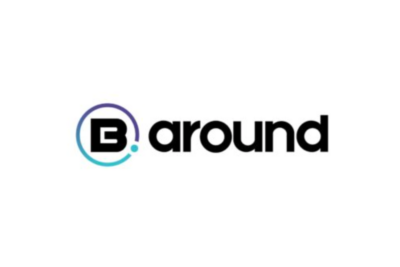
LGES launches its own battery management solution
26.12.2024
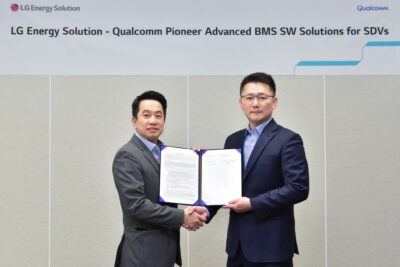
LGES aims to improve battery management with the help of Qualcomm
12.03.2024
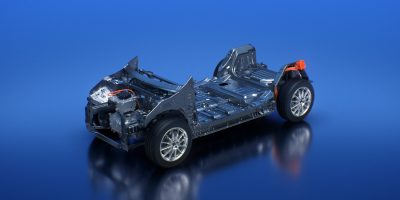
Stellantis unveils semiconductor strategy
19.07.2023
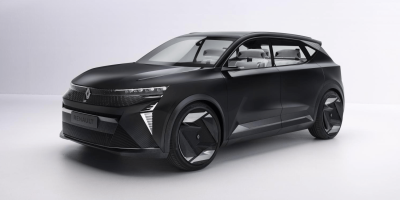
Renault moves ahead with restructuring e-mobility business
08.11.2022
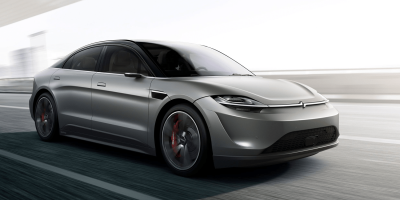
Sony presents their own concept EV at CES
07.01.2020
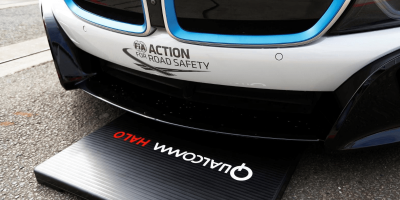
Qualcomm platform Halo now with WiTricity
11.02.2019
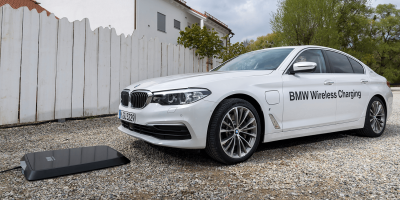
BMW offers inductive charging solution
28.05.2018

Qualcomm’s acquisition of NXP a done deal soon
21.01.2018
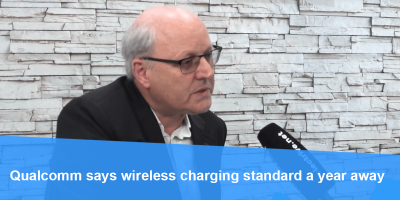
Qualcomm says wireless charging standard a year away (video)
17.01.2018

Qualcomm, Volvo, AK Steel, myFC.
19.05.2017

Electric Pickup, Neodymium, Plug Power, Qualcomm, Preh.
11.11.2016

Qualcomm, ELSA, UC Riverside, HydroGEN.
01.11.2016

BMW, Digital e-drive, Qualcomm, Fraunhofer ISE, NREL.
13.10.2016

LG Chem, Qualcomm, Siemens, Ricardo.
04.10.2016

ABT Sportsline, Battery500, Olli, Fjord1, Qualcomm.
29.07.2016

Oak Ridge Laboratory, Qualcomm, Nano One, evinci Mobility.
04.04.2016

BMW, Sine Cycles, Fraunhofer IPA, Qualcomm.
04.09.2015

Last commented